Metal Finishing for the space industry, military equipment and aircraft, commercial products and more.
The Metal Finishing Division of Allen Aircraft Products, Inc. was founded in the late 40s when we discovered the need for a dryfilm lubricant application. Over the course of a few years, Allen Metal Finishing became a full-service house. We perform the following processes:
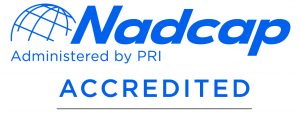
Chemical Processing
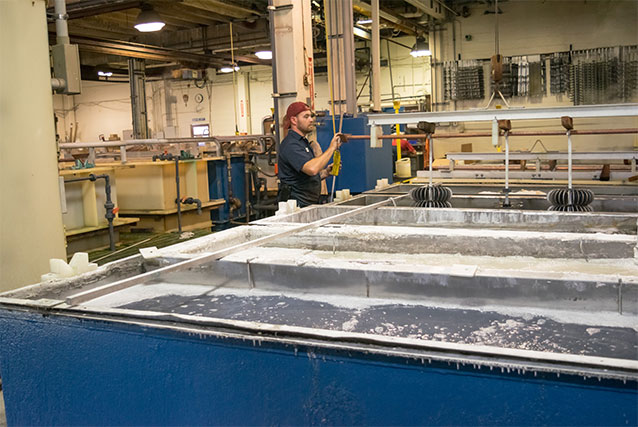
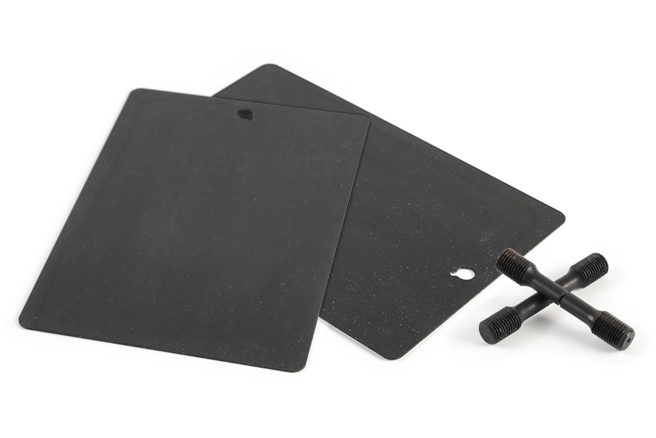
Phosphatizing
Light Zinc, Zinc, and Manganese (TT-C-490, MIL-DTL-16232)
Manganese and Zinc phosphate conversion coatings provide a sponge-like base for retaining supplemental coatings on a surface. These supplemental coatings provide corrosion resistance, lubricity, etc., dependent on the coating selected.
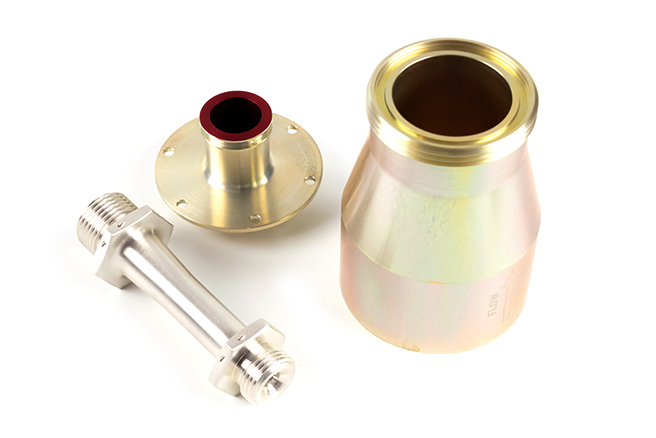
Chemical Film
MIL-DTL-5541, Type: I and II, Classes: 1A and 3
Conversion coatings are intended for use on aluminum substrates that are not anodized. Type: I, the default, uses hexavalent chromium while Type: II is hexavalent chromium-free. These coatings provide corrosion resistance, while still remaining conductive.

Sulfuric Anodize
Mil-A-8625, Type: II, IIB, Classes: 1 and 2 + Teflon™
Sulfuric anodize provides corrosion resistance, improved paint adhesion and is offered in a wide variety of colors. Type: IIB is used as a non-chromate alternative to Type: I and Type: IB coatings. Type: IIB finishes are also used on fatigue critical components and are thinner than standard Type: II finishes.
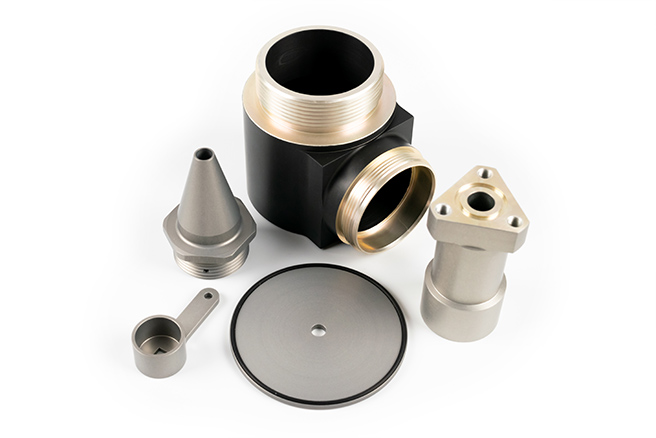
Hardcoat
MIL-A-8625, Type: III, Classes: 1 and 2 + Teflon™
Hard anodize provides wear and abrasion resistance, as well as corrosion resistance. Since it is much thicker than conventional anodize, sometimes dimensional allowances must be made when machining a part for hard anodize.
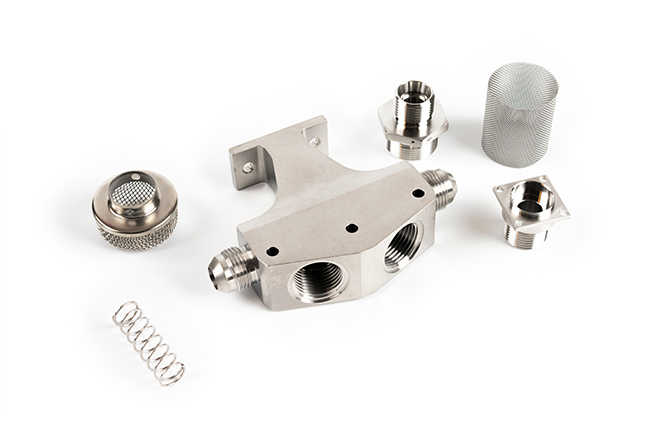
Passivation
AMS 2700, QQ-P-35, ASTM A 967
This cleaning procedure is designed to optimize the corrosion resistance of stainless steel. Most stainless is inherently corrosion resistant; however, during operations such as machining, lapping and tumbling, iron particles can come into contact and even embed in the CRES surface. The passivation process uses nitric acid to remove this iron contamination and allow the inherent passive film to form.
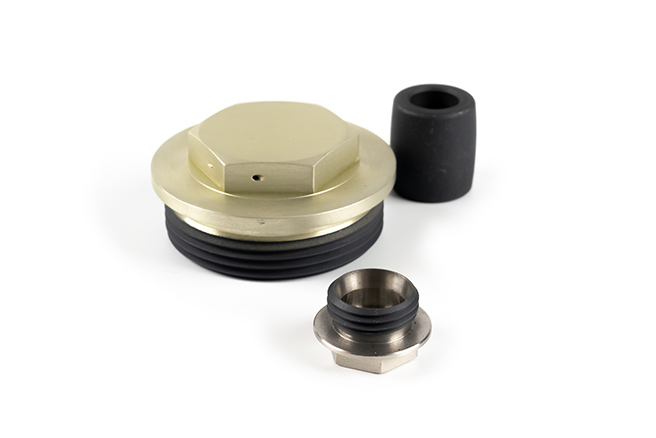
Dryfilm
MIL-PRF-46010, AS 5272
Solid film lubricants are used where conventional lubricants are difficult to apply or retain on the surface. They function well where there is a need for lubricity in extremely cold temperatures, as well as hot. They offer excellent corrosion protection in addition to lubricity in most sliding applications (hinges, male threads, cam surfaces, etc.).

Prime/Paint
MIL-PRF-23377, MIL-DTL-53022, MIL-DTL-46168, MIL-PRF-22750
These are wet-based paint systems, mainly for aerospace and military applications.

